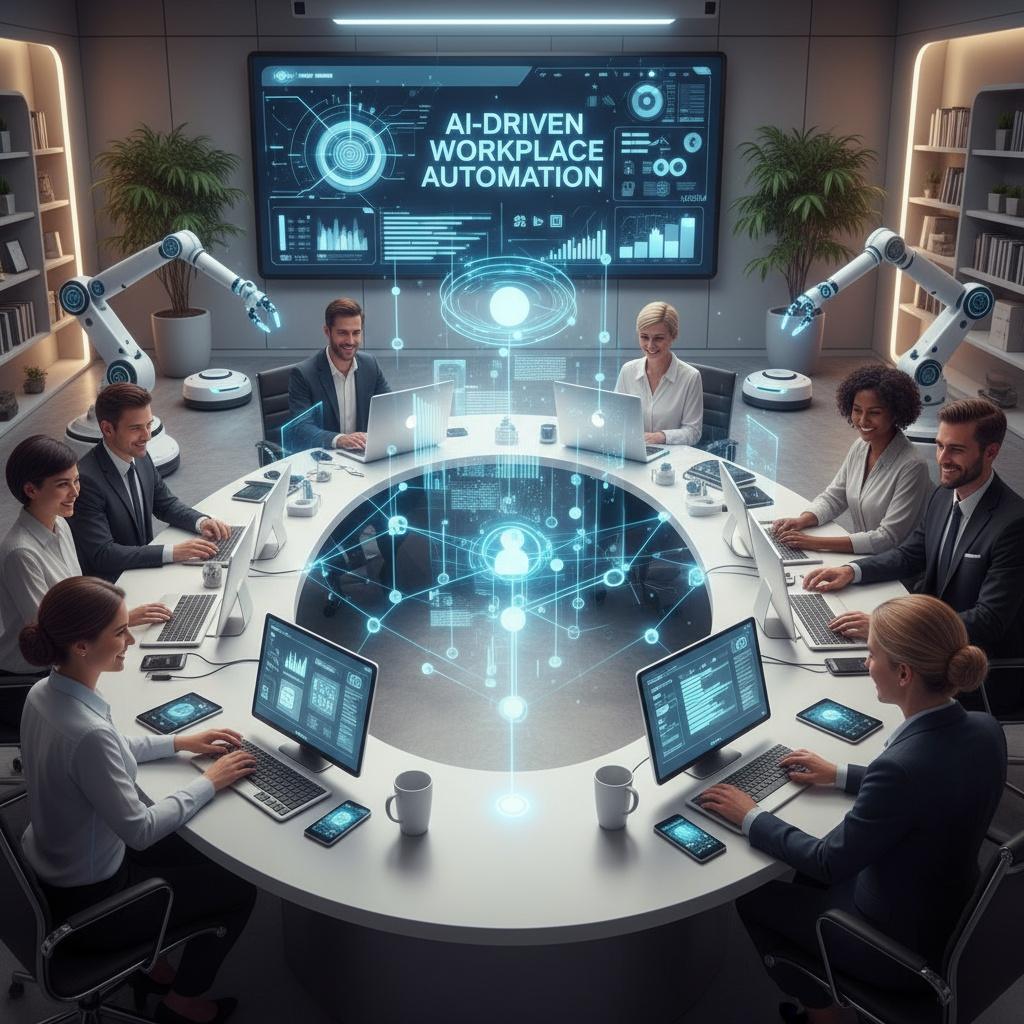The workplace is undergoing a profound transformation driven by two revolutionary advances in artificial intelligence: agentic AI and multimodal models. These innovative technologies are reshaping how tasks are executed, decisions are made, and employees collaborate, heralding a future where AI systems act as autonomous agents and contextual partners.
Agentic AI refers to intelligent systems capable of independently making decisions, setting strategies, and executing complex workflows with minimal human supervision. Unlike traditional AI that typically reacts to input, agentic AI proactively pursues defined goals and adapts dynamically, enabling greater efficiency and reducing the need for micro-management. This autonomy is impacting sectors such as IT support, HR, and customer service by automating routine tasks while simultaneously aiding humans in more strategic work.
One of the most compelling benefits of agentic AI is its effect on workforce transformation. By identifying skill gaps, personalizing employee training, and optimizing workflows, these AI agents help organizations reskill their talent pools swiftly to meet evolving demands. Furthermore, by offloading repetitive and procedural duties to AI, employees can focus on higher-value, creative, and critical thinking roles, enhancing job satisfaction and productivity.
Complementing agentic AI, multimodal models are equally transformative. These models unify and process diverse data types—such as text, images, audio, and video—allowing AI to develop a richer contextual understanding of information. This multimodal approach leads to more accurate decision-making, better user interactions, and intelligent automation across complex environments.
In practical workplace applications, multimodal AI enables smarter document processing by extracting key information from unstructured sources like scanned contracts or media files. It powers AI-driven meeting summaries by capturing and synthesizing spoken interactions, providing actionable insights without manual effort. Moreover, multimodal AI enhances customer service by analyzing voice tone, facial expressions, and language simultaneously to tailor responses effectively.
The combination of agentic AI and multimodal models creates a synergy that elevates enterprise productivity. Agentic AI autonomously manages tasks and adapts strategies, while multimodal AI provides a comprehensive understanding of multifaceted information inputs. Together, they facilitate more intuitive, flexible, and contextually aware AI systems that augment human capability.
Looking ahead, organizations leveraging these technologies will see significant gains in operational efficiency, innovation speed, and workforce agility. They represent a shift toward smarter digital labor where AI collaborates alongside humans as strategic partners rather than mere tools, thus redefining the nature of work itself.
However, as these AI systems become more autonomous, businesses must also thoughtfully address challenges in governance, ethics, and employee adaptation to ensure successful adoption. By doing so, they can harness the full potential of agentic and multimodal AI to transform work into a more dynamic, creative, and high-impact endeavor.
In summary, agentic AI and multimodal models are pivotal in ushering a new era of intelligent automation. Their complementary capabilities empower enterprises to automate complex processes, deepen contextual insights, and ultimately create a future of work that is efficient, innovative, and human-centric.






